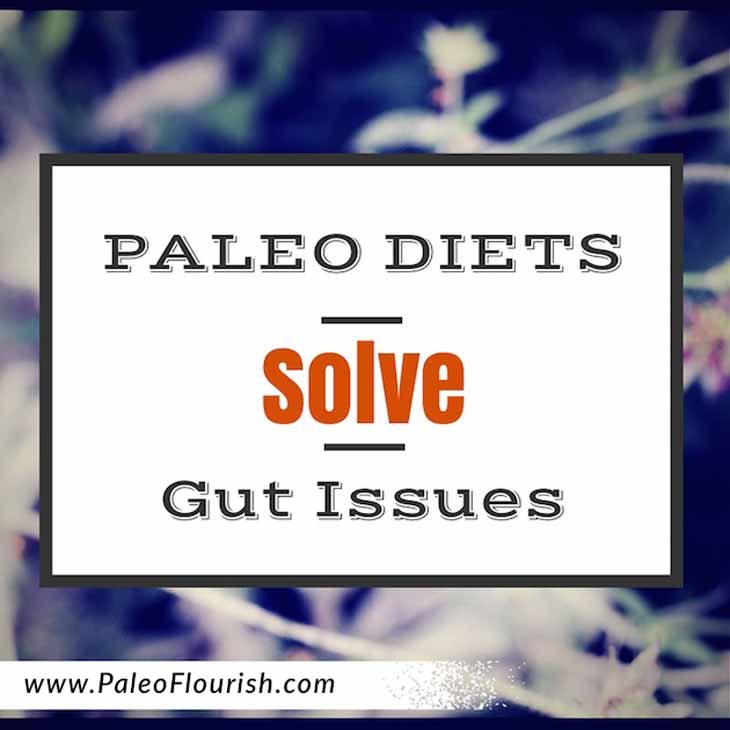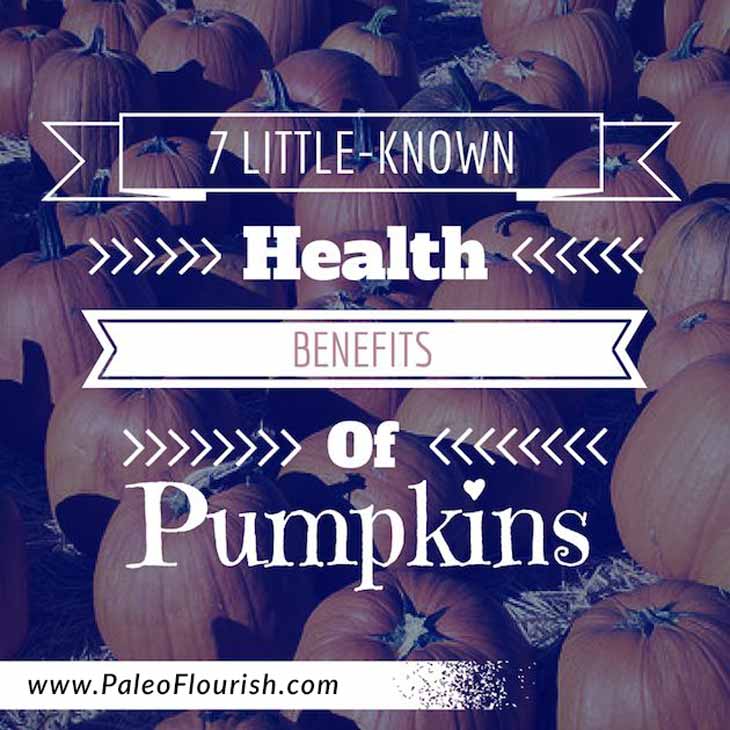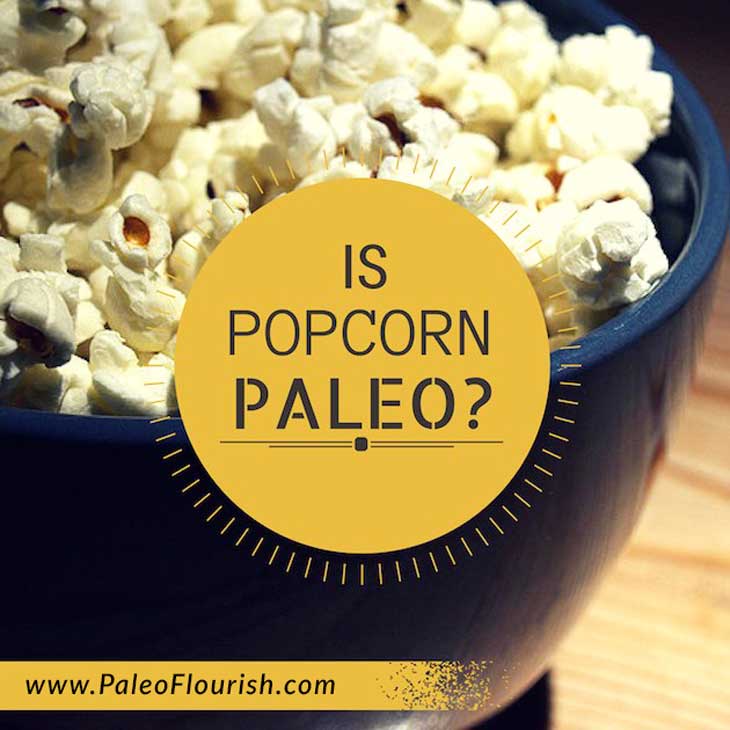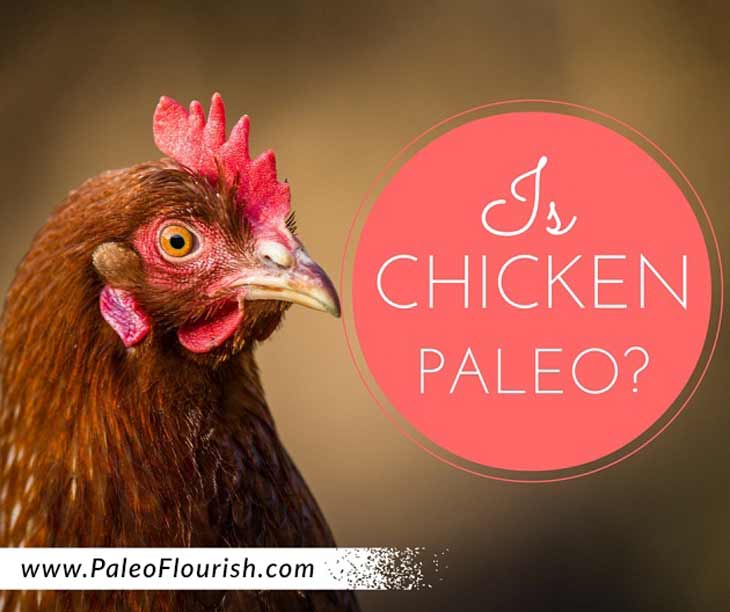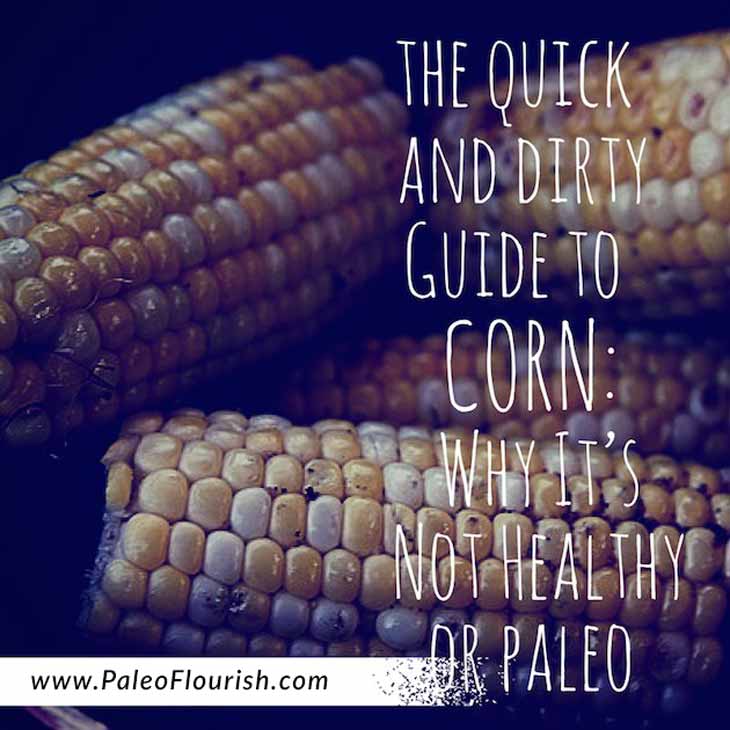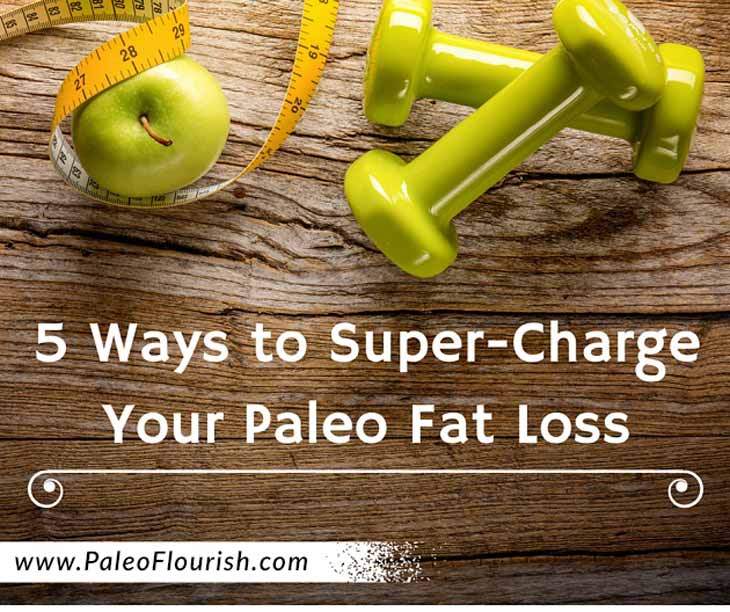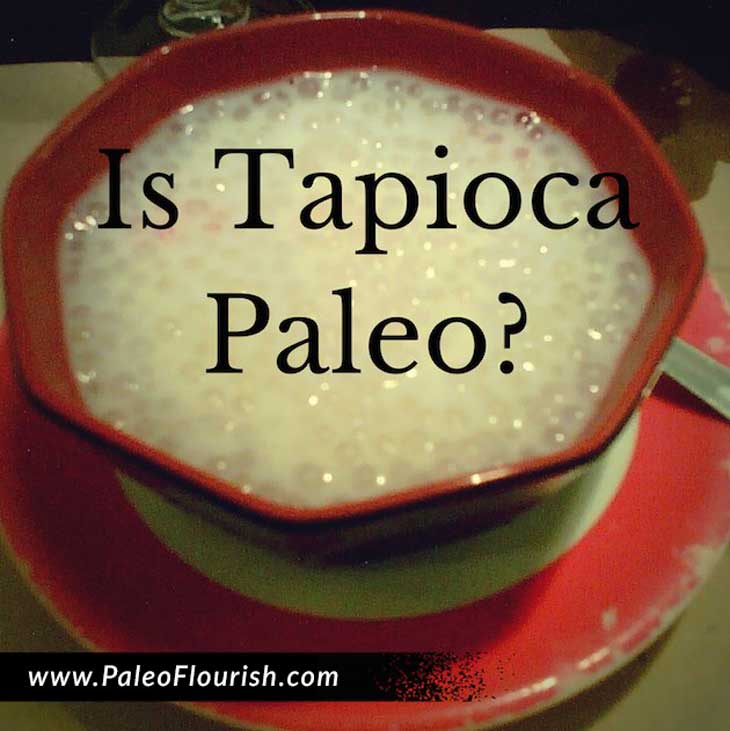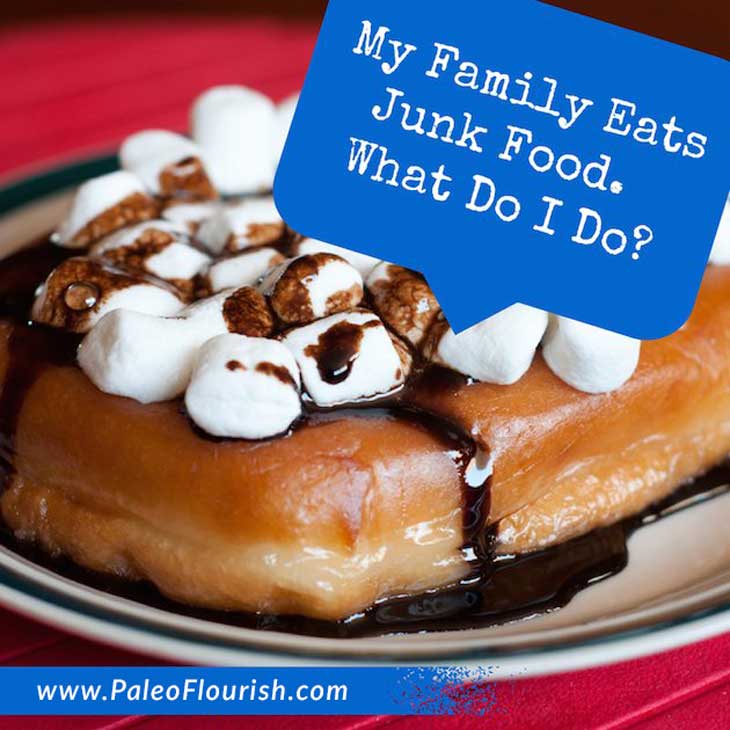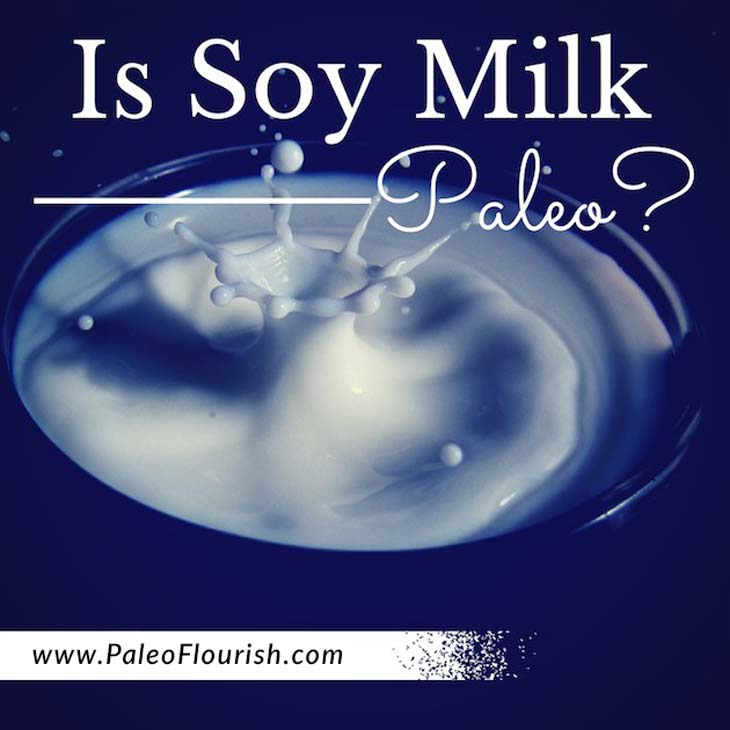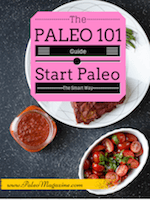
Paleo Diets Solve Gut Issues
For the past few years, we’ve been hearing about more and more research into human gut bacteria.
But we’re still only seeing the tip of the iceberg.
Here’s a paper that adds to the depth of our understanding:
Modern Folks Eat Too Many Simple Carbs
7 Little-Known Health Benefits of Pumpkin
As a kid, I never thought of eating pumpkin. It may sound odd to some of you, but I thought it was just something that we carved faces in.
And it smelled disgusting to me. Why would anyone actually eat that?
Well you can, and many people do (shocking, I know). And even more shocking, it’s actually both delicious and nutritious.
I still wouldn’t recommend chowing down on the jack-o-lantern that you’ve had on your porch for a few weeks, but here are 7 reasons that pumpkin – including the pumpkin seeds inside – are superb for you.
7 Cool Health Benefits of Pumpkin and Pumpkin Seeds
1. You Can See Better. Ever wonder why pumpkin is the color it is? To a degree it’s because of the carotene in pumpkin. Beta-Carotene is a precursor to Vitamin A, which is important for a variety of reasons, including being critical for your eyes, not to mention your heart, lungs, and kidneys.
Continue reading
Is Popcorn Paleo?
Popcorn is viewed by many as a low-calorie way to curb hunger, especially when eaten plain with no salt or butter.
And of course, you just can’t watch a movie without grabbing a bag of the stuff, right?
However, a lot of questions have been left unanswered—like whether popcorn should be a part of your Paleo lifestyle, or whether it fits into Paleo goals at all. If you’re interested in finding out more about the Paleo diet, check out our article on Paleo here.
The Facts About Popcorn
Popcorn comes from a specific type of maize called – wouldn’t you know it – popping corn.
Continue reading
We All Just Need to Chill Out!
I love reading studies and science.
I’m a geek like that.
But very few articles have fascinated or entertained me as much as this article from the Scientific American:
Why Your Brain Needs More Downtime
This article, which is a surprisingly easy and enjoyable read, goes through more science and research into the brain and the need for downtime than I’ve ever seen.
I can’t possibly regurgitate everything that the article covers, but here are a few of the more salient points:
Continue reading
How the History of Halloween Can Make YOU a Little Bit Healthier
I’m a little bit of a history junkie. I like learning about history just because I think it’s fun.
But every once in a while, knowing the history of our traditions can be both fun and useful. That’s certainly the case when it comes to Halloween.
Halloween, along with Thanksgiving, is surely viewed as one of the least healthy times of year. But do you know how Halloween started?
It’s a supremely fascinating story. More importantly, though, this story can actually help you become a little bit healthier today.
Let’s take a quick trip back in time…
The Ancient Origins of Halloween
Is Chicken Paleo?
Ah, those chicken wings—as a staple of the American diet, you can find them nearly everywhere, from restaurants to family get-togethers to football Sundays.
Health-conscious people are eager to tout the goodness of chicken as an alternative to red meat and as a delicious source of protein.
But is chicken really all that nutritious, or does it have toxins that should make Paleo dieters wary?
Potential Health Concerns with Chicken
Chickens are raised in a variety of ways throughout the country, with the most common suppliers of chicken growing grain-fed farmed birds in large quantities.
These chickens are raised quickly on a predetermined diet and health plan that includes medications and little exercise.
Other sources of chicken give the bird free range and allow them to scavenge, feeding themselves on bugs and whatever else they can find. These birds are markedly different from the chickens produced by large companies, and all of this difference can make it difficult to decide if chicken really should be a Paleo choice.
Continue reading
How to Eat Your Way to Happiness
The link below isn’t an actual study (I couldn’t get my hands on it), but it’s a very interesting article that discusses and extrapolates on the study:
Gut Bacteria May Exacerbate Depression
In the study that the paper discusses, patients who were depressed were tested for leaky gut (a condition whereby the intestines let too many things through into your bloodstream).
Leaky Gut Leads to Depression
Researchers found that 35% of patients tested positive for leaky gut. And it’s likely that more than that may have had minor cases of leaky gut that would not have shown up on the tests.
Continue reading
The Quick and Dirty Guide to Corn: Why It’s NOT Healthy or Paleo
Everything about whether or not a food is Paleo really comes down to 2 questions…
1. Is it nutritious?
2. Is it potentially toxic?
Unless we’re talking about a specific person’s reaction to a food, those are really the only 2 questions that matter.
Healthiness is a Spectrum
Asking these 2 questions doesn’t mean that any particular food needs to be the most nutritious food that you could eat or that it needs to be 100% non-toxic. It’s really more of a spectrum.
Continue reading
Is V8 Paleo?
V8 Vegetable Juice has been a persistent presence on grocery store shelves since 1948.
Regarded by some as a convenient way to “drink your vegetables” when you’re on the go, it’s sometimes questioned as Paleo-friendly, due to its nutrient makeup, packaging, and the fact that it is a processed food.
Potential Health Concerns with V8
V8’s original version is composed of mostly water and tomato concentrate, and a reconstituted vegetable juice blend that includes the concentrate of eight vegetables: beets, celery, carrots, lettuce, parsley, watercress, spinach, and tomato.
However, the (not so) raw truth is that tomato juice comprises around 87% of the total drink, making it less of a “vegetable juice” and more of a tomato juice (from concentrate).
Continue reading
Low-Fat Dairy is the Worst, Literally
Over the years, there has been a large debate about dairy – whether it should be considered healthy (or Paleo), or whether it’s no better than grains and processed sugars.
Based on what we know today, dairy is 100% Paleo, so long as (a) it’s either raw or fermented, and (b) so long as you tolerate it well. In terms of tolerating dairy well, this usually means that you’ve eliminated all dairy for at least 30-60 days and then re-introduced it to see how your body reacts.
Raw and fermented dairy is Paleo because it’s very high in nutrients and very low in toxins (the primary way that we determine whether any food is Paleo).
Continue reading
5 Ways to Super-Charge Your Paleo Fat Loss
Sometimes I resist writing and speaking too much about fat loss and getting leaner. After all, I am always impressed by how committed people truly are to really getting healthier and feeling better.
In the end, that’s what I am most passionate about helping people achieve.
But despite our loftiest goals, there are many times that we just want to lose a little fat and look a little better. And after the holidays last year was definitely one of those times.
And I was thinking today about what I’d done to recover from the holidays, which I thought I’d share with you.
So, without further ado…
5 Ways to Super-Charge Your Paleo Fat Loss
Is Tapioca Paleo?
Tapioca is an alternative starch that may or may not belong on the Paleo menu. As a matter of classification, let’s start by defining what tapioca is not: it isn’t a grain, legume or potato. It’s the purified starch of the cassava root and is both gluten- and dairy-free. Used in puddings, “flours” and boba tea, tapioca is another way to add carbohydrate to a diet, if it’s needed or required.
Things to Know About Tapioca
Tapioca is the third-largest source of dietary carbohydrates in the world, functioning as a staple for over half a billion people in the developing world. And while it’s a good source of carbohydrates, cassava is a lousy source of protein. In fact, a diet made up of primarily cassava root can lead to a condition known as protein-energy malnutrition.
Continue reading
My Family Eats Junk Food. What Do I Do?
Recently, I got asked this question:
I’m fully committed to being Paleo, but my significant other and kids are not. They often bring junk food home, which tempts me to eat badly. What should I do?
By far – literally nothing else is close – this is the issue I get the most emails about. Unfortunately, I’m not sure that there’s a great answer.
Dealing With Family Members Who Eat Junk
How Light is Making You Fat, Sick, and Mean. And What to Do About It.
Is Artificial Light Bad For You?
In the past few years, there have been a lot more studies on sleep and its effects on health, as well as on light and its effects on sleep.
In 2013 alone, there were 3 awesome studies that have focused on “Light at Night” (pretty self-explanatory):
Nocturnal light exposure impairs affective responses in a wavelength-dependent manner
Mice exposed to dim light at night exaggerate inflammatory responses to lipopolysaccharide
Each study was different in a number of ways (which animal was used as the test-subject, the type of health effect being studied, etc.), but the similarity among all 3 was the same…
Continue reading
Is Soy Milk Paleo?
For many of you, this may seem like a silly question with an obvious answer.
But really, why wouldn’t soy (and, by extension, soy milk) be Paleo? It’s not hard to imagine that soybeans would have been eaten a million years ago, and it’s not that much of a stretch to think about somehow mixing soybeans with a bit of water and making a milk-like substance.
It’s also an important question because dairy is a big problem for many folks.
The Health Concerns of Soy Milk
As I’ve discussed before, legumes are not the worst things you can eat, but some are worse than others.
Soy is, in some ways, the worst of the legumes, and soymilk – along with tofu – are the worst forms of soy.
Continue reading

